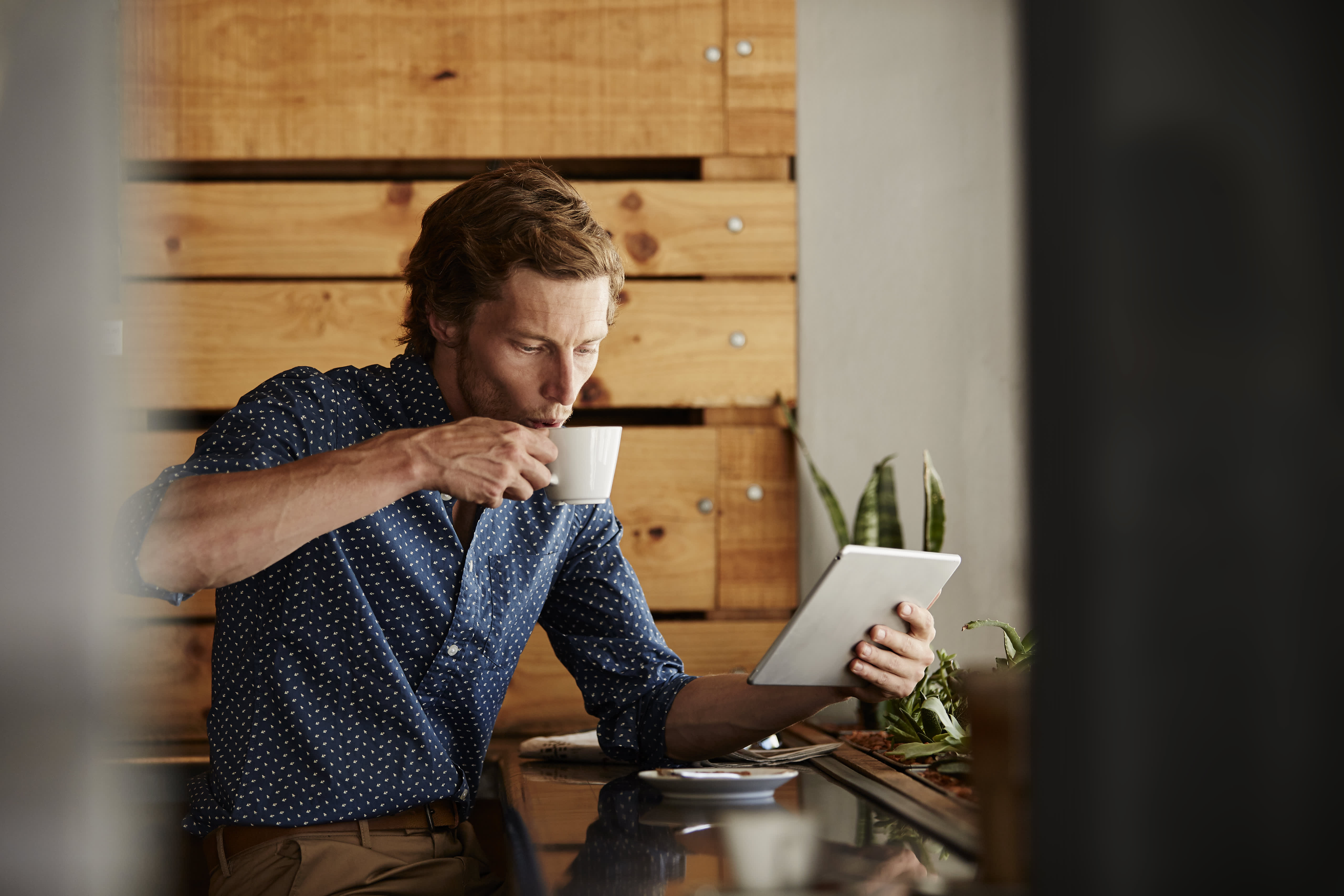
Coffee is a constant, almost sacred part of many morning routines, whether you brew a pot of coffee at home or look forward to your daily walk to the neighborhood coffee shop for a latte.
In some ways, the ongoing coronavirus pandemic has deepened our relationships (and dependency) on coffee and caffeine. In September, Cinch Home Services spoke to more than 1,000 coffee drinkers in the United States. 34% of respondents reported drinking more caffeinated beverages during the pandemic than ever before, with coffee ranking as their go-to choice.
Remote employees drink more coffee than their in-office colleagues, the report found, consuming an average of 3.1 cups vs. 2.5 cups every day. Starbucks and The Coffee Bean & Tea Leaf ranked as the most popular brands among coffee aficionados. But some Americans aren’t reaching for their second or third cup for the bitter taste or caffeine jolt — in the report, 28% of respondents said coffee makes them more productive at work.
There are steps you can take to maximize your coffee habit and be more productive while working from home. CNBC Make It spoke with a coffee educator and productivity expert to learn how to get the most out of your morning cup.
Don’t drink coffee as soon as you wake up
The thought of a fresh cup of coffee might be your only motivation to get out of bed some mornings, but drinking coffee right after you wake up can blunt your body’s natural energy levels.
Management and behavioral science expert Daniel Pink has examined the science of timing and how it can affect our productivity. In his book “When: The Scientific Secrets of Perfect Timing,” Pink notes, based on research from several studies, that the best time to have your first cup of coffee is about 60-90 minutes after you wake up. That’s because caffeine interferes with the production of cortisol, the hormone that signals your body to be awake and responsive. According to this research, cortisol levels usually peak around 8:30 a.m.
“People are having a cup of coffee in the morning in almost a slavish, addictive way,” Pink says. “But we’re much better off letting our cortisol peak, naturally, then when it starts to decline, come in and hit it with a caffeine boost in coffee.”
Choose the right ingredients
Coffee beans have different caffeine levels depending on how they’re roasted. If you’re feeling sluggish and are looking for a stronger energy boost, reach for coffee labeled “light roast,” Mike Balderrama, a regional educator for Counter Culture Coffee suggests. “The darker you roast the coffee, the more caffeine burns away,” he explains.
It’s also important to pay attention to which coffees are in season to get the best flavor and caffeine content. Countries throughout the world harvest their coffee at different times but as coffee aficionados in the U.S. approach winter, Balderrama says we should expect to see fresh coffee from Papua New Guinea, Kenya, Colombia and Guatemala, to name a few examples, on store shelves.
But the perfect cup of coffee, according to Balderrama, depends less on the beans you use and more on a different ingredient: water. “Over 98% of a cup of drip coffee is water — so if you have bad water, you’re going to have bad coffee,” he says. Whether you’re making cold brew or a pot of hot coffee, he notes that you should always be using filtered water. “Make sure the water you’re putting in your drink — even the ice cubes in your iced coffee! — is filtered, because it will infinitely improve the quality of your cup,” Balderrama says.
Try a “nappucino”
Coffee and naps on their own are great, but together they can be a powerful tool for maximizing alertness. Studies in England and Japan have shown that if you drink coffee immediately before napping and sleep for 20 minutes or less, you can focus on work better than if you took a regular nap or just drank coffee.
The science behind a coffee nap is simple: sleeping decreases the amount of adenosine, the chemical that makes you feel tired, in your brain and body. Caffeine, which takes about 20 minutes to kick in, helps block adenosine. By napping for 20 minutes, you’re decreasing the amount of adenosine in your system and giving the caffeine less of the chemical to compete with, thus rendering it more effective.
Pink swears by “nappucinos” in his daily routine and recommends people aim to take a coffee nap between 2 and 4 p.m. when cortisol levels tend to dip. “It’s magic! When you wake up, you’re immediately hit with that extra boost of caffeine,” he says. “But it can also be a restorative ritual that you can look forward to after working for a few hours.”
Check out:
Dakota Johnson shared the life-changing career advice she got from Emily Blunt
Sign up now: Get smarter about your money and career with our weekly newsletter




